Brisbane Olympics 2032: The marathon course to Games reboot
It’s taken a series of tense and willing negotiations to get everyone on the same team for the 2032 Brisbane Games venue and infrastructure reboot.

There was lots of love in the room when David Crisafulli announced his long-awaited reboot of the Brisbane Olympics’ stalled venues program this week.
The key players in this melodrama heaped praise on the Queensland Premier and his Games delivery chief; a long-suffering public, dismayed by nearly four years of dithering and backsliding on what should be built and where, seemed relieved that a credible and actionable plan was at last at hand.
But behind the scenes, in high-stakes meetings with Crisafulli’s handpicked chair of the Games Independent Infrastructure and Co-ordination Authority, former property industry mover and shaker Stephen Conry, amid concern by the Liberal National Party government at the plan GIICA had developed and uncertainty over whether Anthony Albanese in Canberra would play ball, the atmosphere was tense, the negotiations willing.
Very little about the troubled early preparations for the 2032 Games has been straightforward, and the potholed road to Conry’s recommendations being rejected in part by Crisafulli was no exception.
In his report, Conry and the board stood their ground on the need for a new $2.38bn hall to host the Olympic swimming, while also questioning the costing of the new National Aquatic Centre that was seized upon by the LNP government as a replacement venue. The Australian understands that the actual price is estimated to be almost twice the $650m nominated by Swimming Australia.
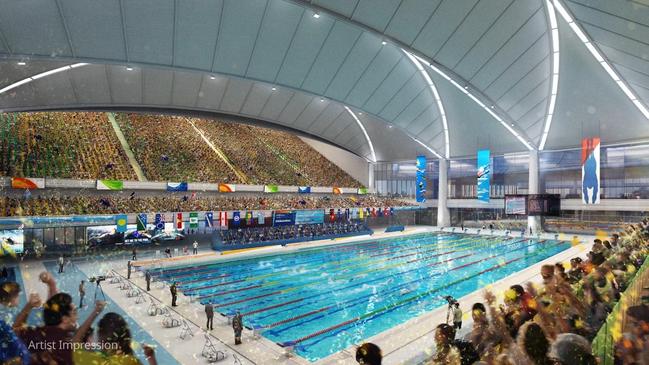
The talks that progressed over the month following the presentation of the GIICA board’s draft findings on February 22, before their release on Tuesday, engaged the Premier, his combative deputy and State Development Minister Jarrod Bleijie, Queensland Treasurer David Janetzki, senior bureaucrats and GIICA staff, as well as the agency’s board led by Conry.
The GIICA boss describes the meetings as cordial, professional and proper. The Australian understands there was an edge to them at times. In the case of the federally funded Brisbane Arena, the question was whether the 17,000-seat auditorium should be built at all. GIICA said yes, Crisafulli was sceptical.
In the end, the Premier opted to pull government funding for the project and take it to market as a public-private partnership. The federal government must agree if the plan is to proceed.
Crisafulli, who marked his 150th day in the job this week, was explicit that the ageing Gabba ground should be redeveloped to host track and field events during the Games and potentially the opening and closing ceremonies, in line with the original proposal advanced by Labor premier Annastacia Palaszczuk in 2021.
Conry and the GIICA team were equally adamant that a new stadium to accommodate up to 63,000 patrons as well as AFL football and bigtime cricket post-Games should be constructed at Victoria Park, on the northern lip of the CBD.
“He was very much of the view that, let’s try to make the Gabba work,” Conry said of Crisafulli’s opening position.
“We, of course, considered that the Gabba was one of many options and we came to a view very early, actually … that it’s approaching the end of its life and we couldn’t justify the cost of redeveloping it. And even if we could justify that, we were in no way confident that it could be developed and finished in time for the Olympic and Paralympic Games.
“There was substantial doubt, and indeed a lot of evidence, to suggest that it wouldn’t have suited the Olympics because of all the overlay issues related to such a constrained site – from ongoing operational traffic management and the wider precinct impacts, which mean we were literally going to have to close down streets for months and have residents leaving their homes for months.
“That was all unacceptable to us. We believed that the best outcome for a city like Brisbane, not just for the Olympics and Paralympics but for future generations, was to have a bigger stadium, a brand new stadium, in a very good location. We had to make a decision for the right reasons and, yes, the Premier was earlier of the view that he would have preferred another option. But to his credit, he respected our work and accepted that recommendation.”
The political implications of the GIICA review will continue to play out now that the Prime Minister has called the general election for May 3. The 2032 Olympics saga blurs the line between state and federal politics, and looms as a potential stumbling block for Albanese in Queensland, where the ALP is desperate to increase its paltry tally of five federal seats out of 30 up for grabs there.
Labor, under threat of losing the seat of Blair west of Brisbane to the LNP, is eyeing Kevin Rudd’s old stomping ground of Griffith in the inner city as well as the adjoining one of Brisbane, also that is high on the blue team’s target list.
It hasn’t escaped the LNP’s notice that both seats, won by the Greens in 2022, take in the principal Olympic venue sites. “Albanese will be under pressure to back Crisafulli’s plan,” one LNP insider said. “Playing politics with this during the campaign would be a bad look for Labor, especially in Brisbane and Griffith.”
The arena call was a stern test of Conry’s independence after his appointment was questioned as a political fix by the state ALP, adjusting to the straitened circumstances of opposition after nine years in power under Palaszczuk and Steven Miles. Those familiar with Crisafulli’s thinking say he was not convinced by the case for Brisbane Arena, first advanced more than a decade ago by businessman Harvey Lister as an ambitious build over Roma Street railway station in the CBD.
Backed strongly by Bleijie, who has responsibility for the Olympics construction program, Crisafulli wanted to redirect the $2.5bn Albanese had stumped up for the hall under a 2023 intergovernmental agreement splitting the cost of developing and upgrading venues for the Games. The federal funds would go to the stadium and so-called secondary sports facilities, to offset spiralling costs.
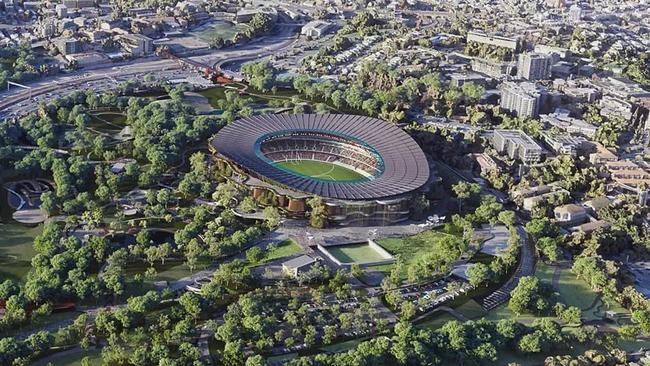
The back-and-forth between GIICA and the state government began after the board’s draft findings – the product of a 100-day review Crisafulli had promised ahead of last October’s state election – were forwarded to 1 William Street. In a series of meetings at the “tower of power” housing ministerial offices and top Queensland bureaucrats, Conry argued his corner for Brisbane Arena, which he considered to be essential to the Games.
One GIICA source insists this was a captain’s call by Conry. “Other members of the board hated it, they believed it shouldn’t go ahead in its current design,” the source said. “The cost was too much, it couldn’t be justified.”
Conry rejected this, saying: “The board was rock solid in its views on the arena and on the stadium. There was no disagreement whatsoever.”
GIICA’s position on the arena is set out in the finalised report, released on Tuesday. The authority “acknowledges the feedback from the Queensland government, received following the submission of the draft report, indicating that government does not accept that the arena is essential infrastructure for the Games,” it reads, offering a telling glimpse of the dispute.
“However, GIICA remains of the view that a new arena would enable an enhanced event experience befitting swimming … and to present Brisbane appropriately on the world stage. The arena will also deliver a much-needed, iconic, world class venue and a lasting legacy for Brisbane.”
Conry said the consultation process worked, a view backed by Crisafulli’s top advisers. The GIICA chair points out that funding for the arena was a specific feature of the intergovernmental agreement on venues, capped in total at $7.1bn. “We couldn’t recommend to the federal government or state government in our report that they go and break an agreement,” he said.
“Because that’s a matter for them and, of course, we respect their right to accept or reject our recommendations. The Queensland government came to the view that they would reject our recommendations in the case of the arena, and they have consulted the federal government to redirect funds from that budget for other purposes. Now … those discussions are ongoing and are well advanced, and that’s exciting.”
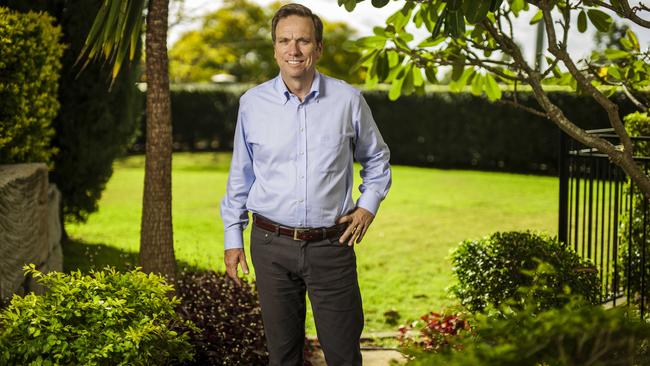
GIICA, however, gave short shrift to Swimming Australia’s proposal for a National Aquatic Centre on the site of an existing performance pool complex overlooking Victoria Park, surprisingly adopted by Crisafulli as the consolidated venue for swimming, diving, water polo and artistic swimming at the Games.
Conry’s suspicion of Swimming Australia’s numbers is shared by the state government, and reflects the view of GIICA officials that the true cost of the project is $1.2bn, not the $650m projected by the swimmers.
Instead, the authority recommended that the 1982 Commonwealth Games-vintage aquatic centre at the Chandler Sports precinct be upgraded to host the diving, artistic swimming and some water polo fixtures. The swimming and water polo finals would be at Brisbane Arena under that now-defunct plan.
“We weren’t satisfied with the costings that were put to us,” Conry said. “We thought they were not sufficiently detailed and, yes, the site had some issues which, whilst not insurmountable, would therefore add to the cost.
“We also felt that there was no need for a major new national aquatic centre if we had a drop-in pool at the arena.”





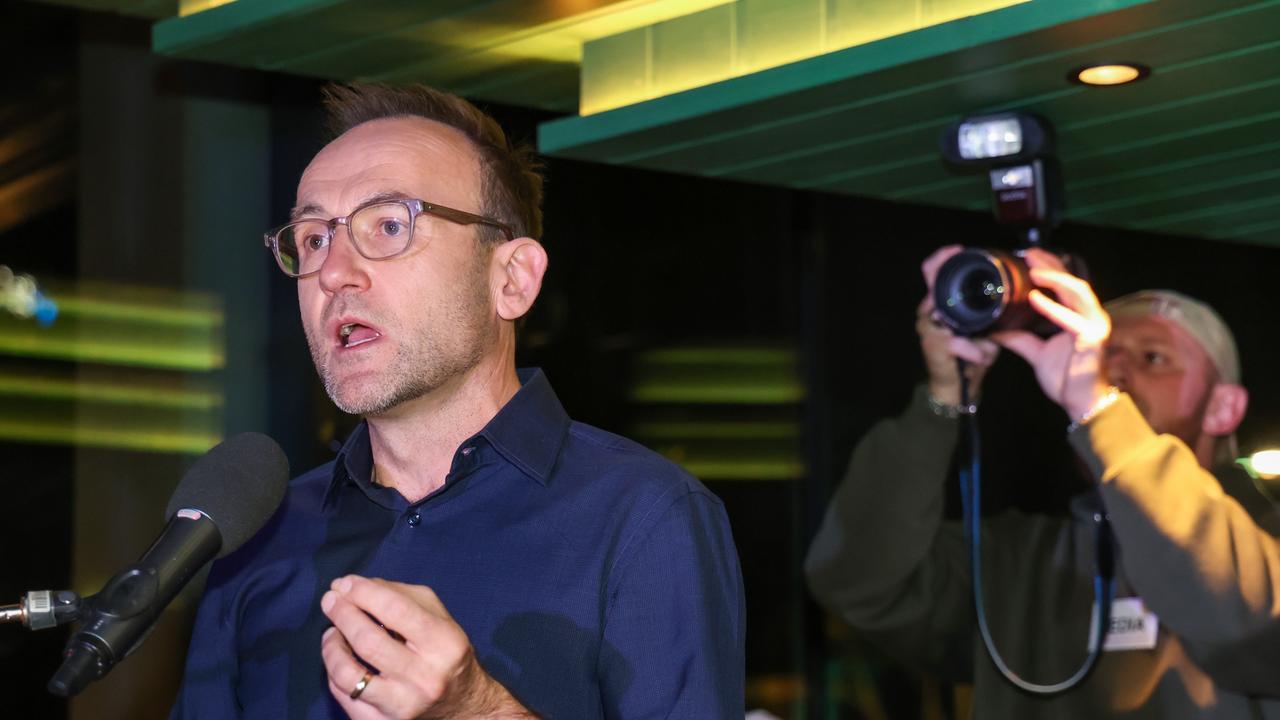
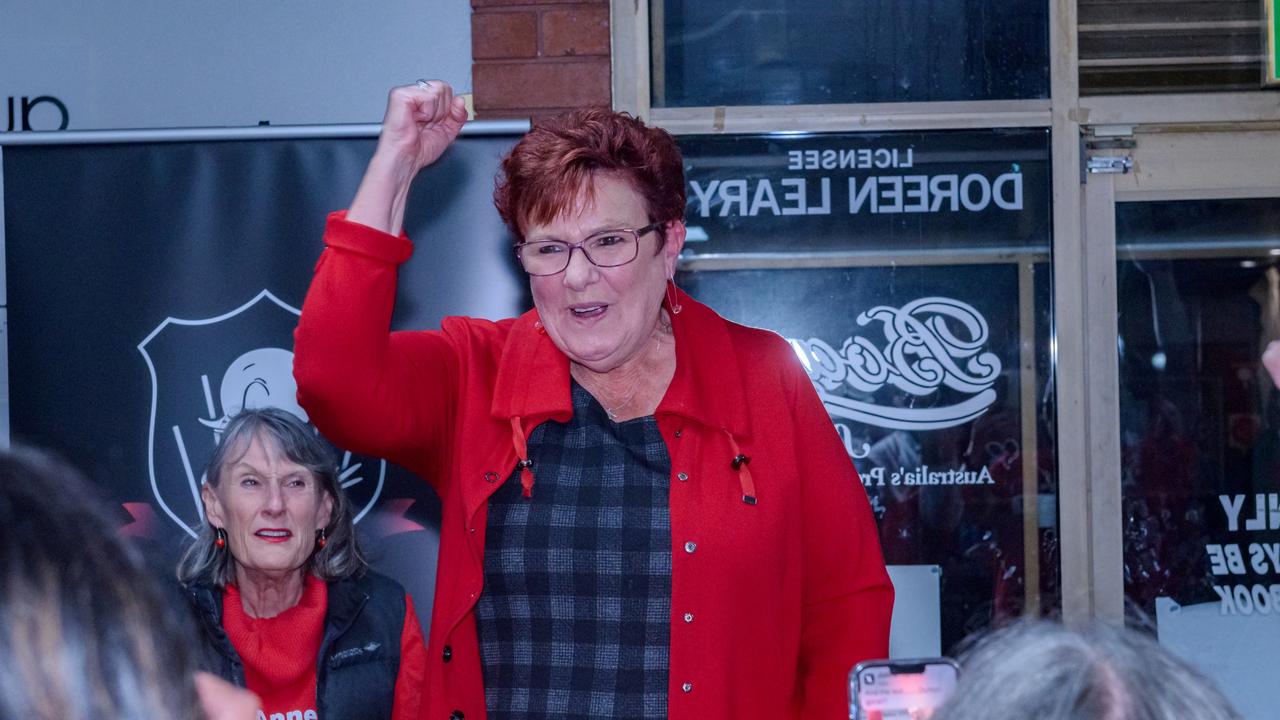
To join the conversation, please log in. Don't have an account? Register
Join the conversation, you are commenting as Logout